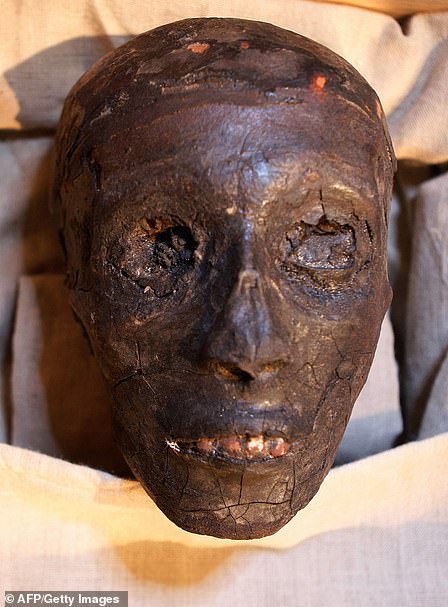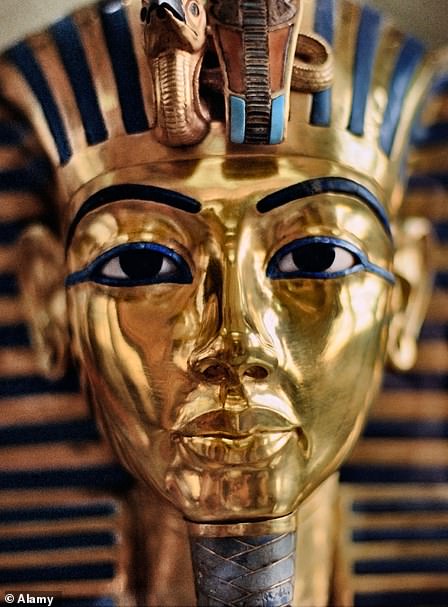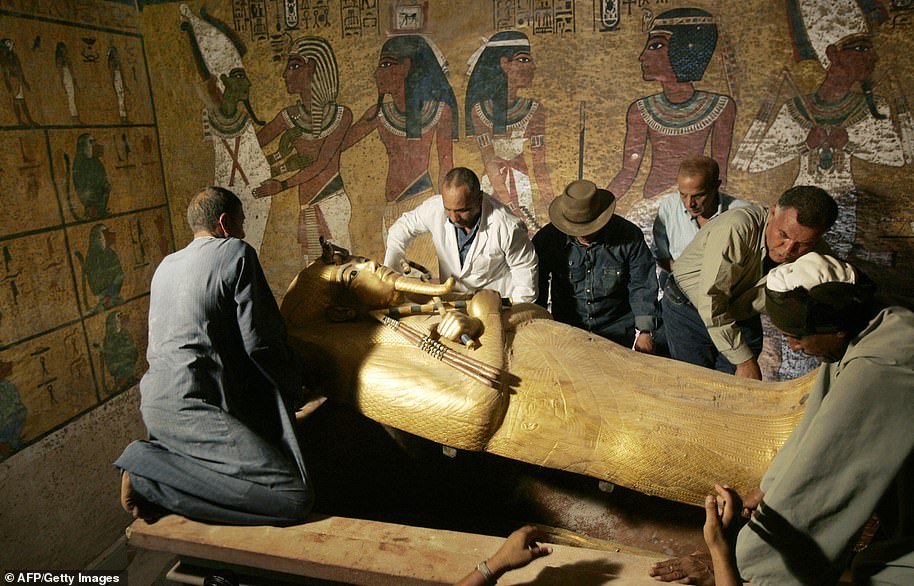The secret chambers of Sahura’s Pyramid revealed: Scientists discover mysterious chambers in Egypt’s 4,400-year-old monument that could reveal its ancient secrets
It was built more than 4,400 years ago in honor of the Egyptian pharaoh Sahura of the Fifth Dynasty.
And now scientists have discovered secret chambers in Sahura’s Pyramid that could reveal its ancient secrets.
A team from the Julius-Maximilians-Universität of Würzburg examined the monument as part of a conservation and restoration project.
Their research revealed a number of storage areas that had not previously been documented.
“This groundbreaking project represents an important milestone in the understanding of the Sahura Pyramid and its historical significance,” said the team, led by Dr. Mohamed Ismail Khaled.
It was built more than 4,400 years ago in honor of the Egyptian pharaoh Sahura of the Fifth Dynasty. But scientists have now discovered secret chambers in Sahura’s Pyramid that could reveal its ancient secrets
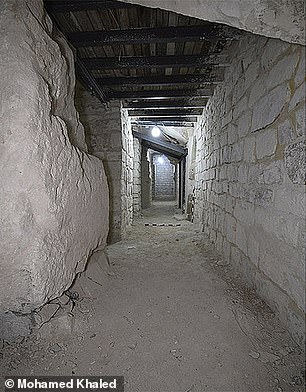
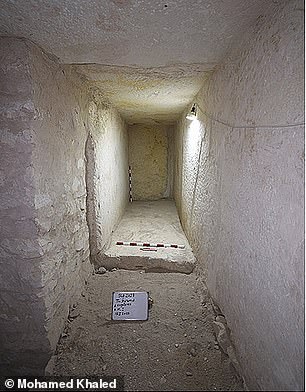
A team from the Julius-Maximilians-Universität of Würzburg examined the monument as part of a conservation and restoration project. Their research revealed a number of storage areas that had not previously been documented
The Pyramid of Sahura was built in the late 26th to 25th centuries BC for Sahura (also known as Sahure), the second king of the Fifth Dynasty and the first king to be buried in Abusir.
According to Ancient Origins, Sahura’s reign was characterized by peace and prosperity.
“Sahure traded with foreign countries, developed a navy and opened mines, among other things,” it explained.
The pyramid was first excavated in 1836 by John Perring, an engineer working under Colonel Howard Vyse, before being further explored by Egyptologist Ludwig Borchardt in 1907.
Now, more than 100 years later, scientists have once again stepped inside the ancient pyramid.
The team initially wanted to stabilize the pyramid’s substructure and prevent it from collapsing.
Using 3D laser scanning, they conducted detailed research inside the pyramid.
This allowed them to create extensive maps of both the vast external areas and the narrow corridors and rooms within them.
It also revealed a secret passage leading to eight previously undiscovered storage rooms.
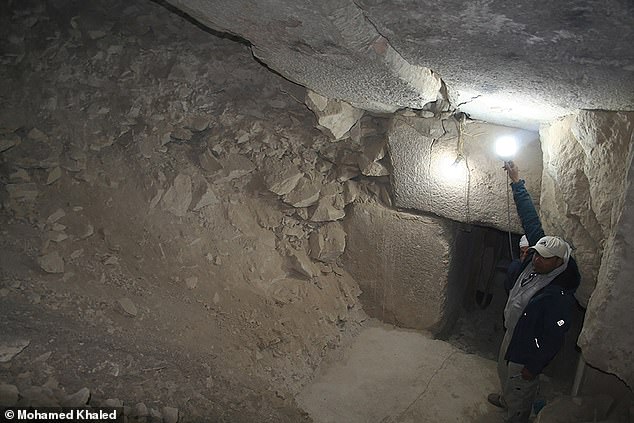
Using 3D laser scanning, the team conducted detailed investigations into the pyramid. This allowed them to create extensive maps of both the vast external areas and the narrow corridors and rooms within them. It also revealed a secret passage leading to eight previously undiscovered storage rooms
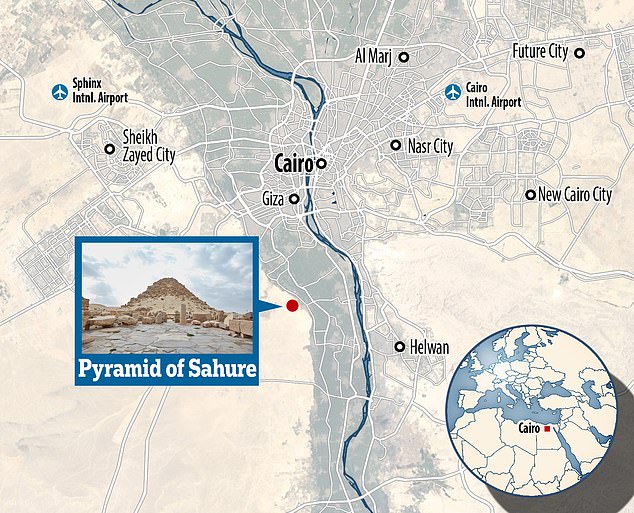
The pyramid of Sahura was built in the late 26th to 25th centuries BC for Sahura, the second king of the Fifth Dynasty and the first king to be buried in Abusir.
The ceilings and floors of these rooms are ‘heavily damaged’ and it remains unclear what exactly is stored there.
“Although the northern and southern parts of these magazines, especially the ceiling and original floor, are severely damaged, remnants of the original walls and parts of the floor can still be seen,” the team said.
After discovering the secret rooms, the team set out to restore them to their former glory.
“During the restoration, a balance between conservation and presentation was sought to ensure the structural integrity of the rooms while making them accessible for future research and potentially to the public,” they said.
The team hopes the findings will help solve the mysteries that remain about Sahura’s Pyramid, including how it was built and what was stored in its secret chambers.
“The discovery and restoration of the storage areas is expected to revolutionize views on the historical development of pyramid structures and challenge existing paradigms in the field,” they concluded.
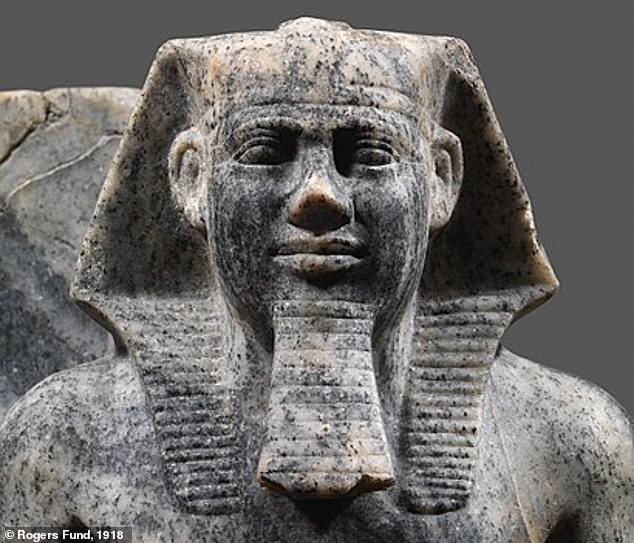
According to Ancient Origins, Sahura’s reign was characterized by peace and prosperity. “Sahure traded with foreign countries, developed a navy and opened mines, among other things,” it explained.
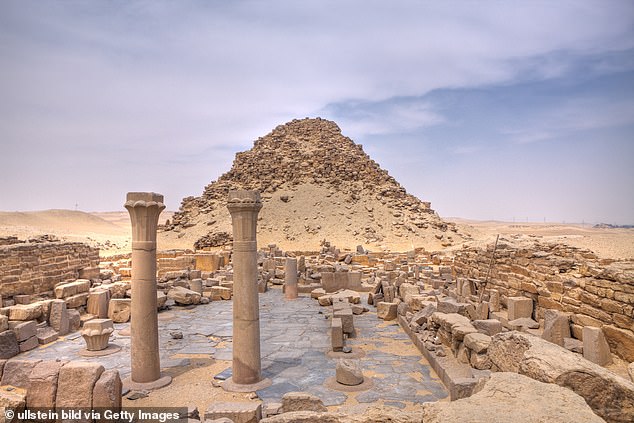
The team hopes the findings will help solve the mysteries that remain about Sahura’s Pyramid, including how it was built and what was stored in its secret chambers.

